Oaxaca Dreaming…
On my first trip to Oaxaca, I could not have anticipated the depth of culture, the colors, the food, the history and the energy, all shared openly by the locals at every turn. The colorful streets of Oaxaca City host a blend of customs and culture that are second to none. The expansive archeological site of Monte Alban attests to a past that spans thousands of years and includes the Zapotec, Aztec, Mixtec, and other indigenous cultures, so traditions run deep.
Though Oaxaca City is the hub of activity, the surrounding hills and farm-quilted valleys are dotted with smaller villages, many of which support a particular niche in the larger regional community. One town may focus on hand weaving, using rich traditional colors derived from local plants, minerals, even insects. The next may be a center of mezcal production surrounded by rolling fields of blue agaves. In the next village skilled artists carve wooden alebrijes (spirit guides), intricately painted in mind-bending detail. Local shops and mercados are brimming with handmade treasures to commemorate your journey.
The “food scene” is legendary and local dishes with long history are the norm. Unsullied by fast food culture, most meals draw from traditional elements of corn, beans, chilis and savory meats and sauces, but don’t get the wrong impression—it’s not all the same! Good luck deciding between the tlayudas, memelas and the tacos dorados. Local herbs, tropical fruits, garlic, tomatillos, chapulines (optional!), coffee and chocolate add to the mix. A traditional Oaxacan hot chocolate with pan de yema is a great way to start a relaxed morning in a café along the ZÓcalo (main plaza). And who knew there were seven distinct types of mole, along with dozens of regional variations?
Few cultural experiences can compare to the colorful traditions and celebrations surrounding Día de Los Muertos in Oaxaca. The city is awash in color with strings of gold and orange marigolds and red amaranth draping windows, doors and railings. Exuberant processions seem to happen spontaneously, with musicians and giant papier-mâché effigies spinning through crowds of locals, many with faces painted as detailed calaveras and some offering quick sips of home-brewed mezcal in little bamboo flutes, along with plenty of good cheer. However, these events are peripheral to the real soul of the season. The community celebrates our shared mortal experience, quietly, as a family. Cemeteries are prepared by family members with thousands of flowers, candles and mementos as the departed are welcomed back once a year, not with sadness, but in scenes of happy remembrance.
For the plant lover, Oaxaca is equally rich and surprising. The city harbors its own colorful urban collection of ornamental plants, with exotic trees, palms, bougainvillea and succulents, but the real botanical riches of Oaxaca lie beyond the city. As one of the most botanically diverse regions in the world, an excursion in any direction can delight you with pine forested mountaintops, bromeliad-covered cliffs, towering cactus and VW-sized agaves, orchids, echeverias, plumerias and thousands more. If you can spend more time, Oaxaca should be on every plant lover’s list!
If you have ever wanted to experience the best of true Mexico, join us on our trip to Oaxaca for Día de Los Muertos, October 28 – November 3, 2022. I wouldn’t miss it!
Gallery


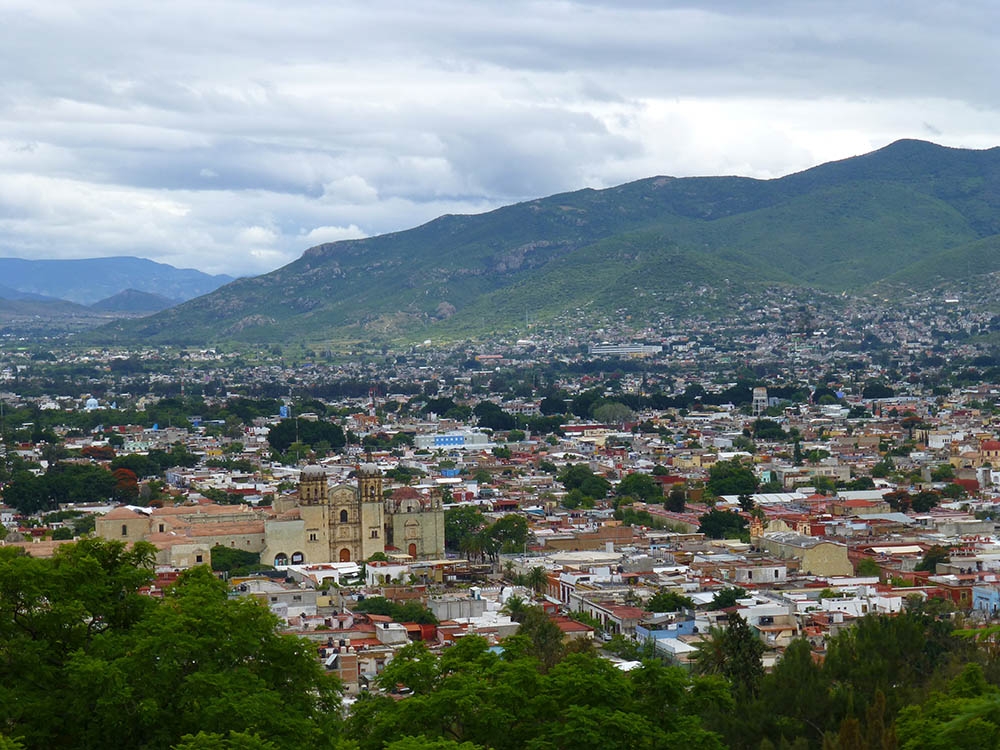
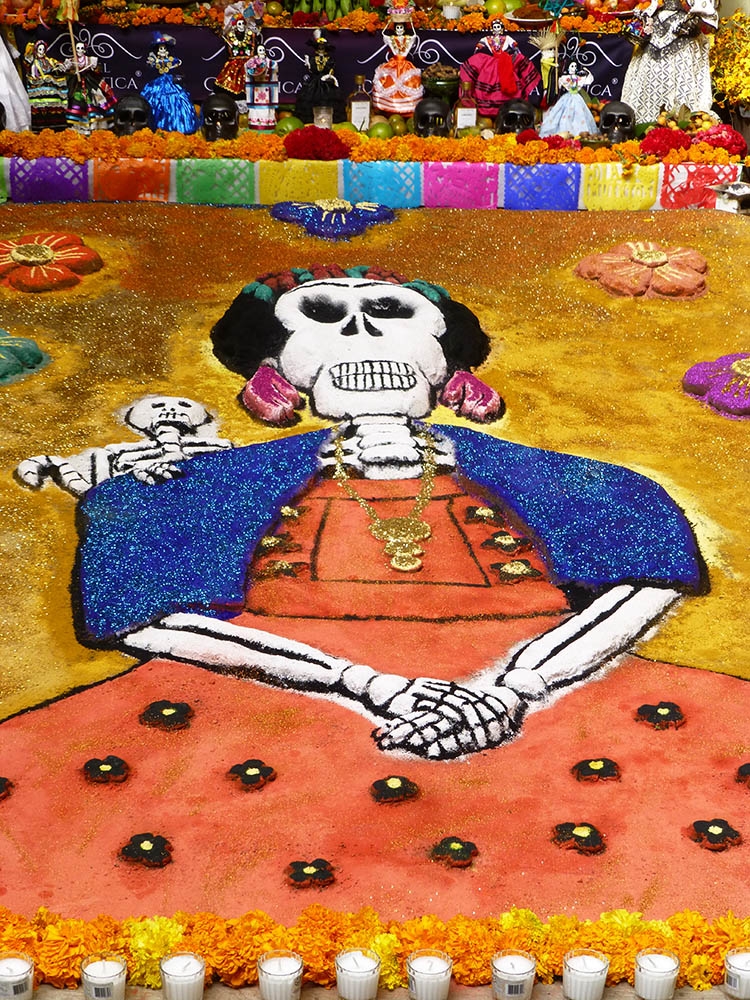
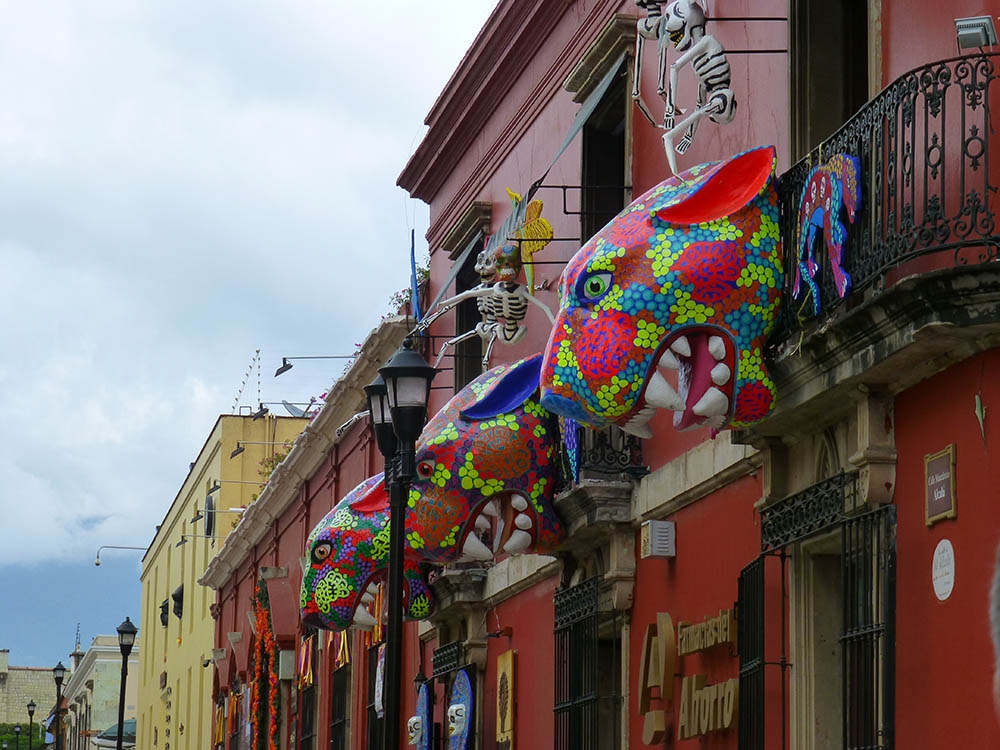
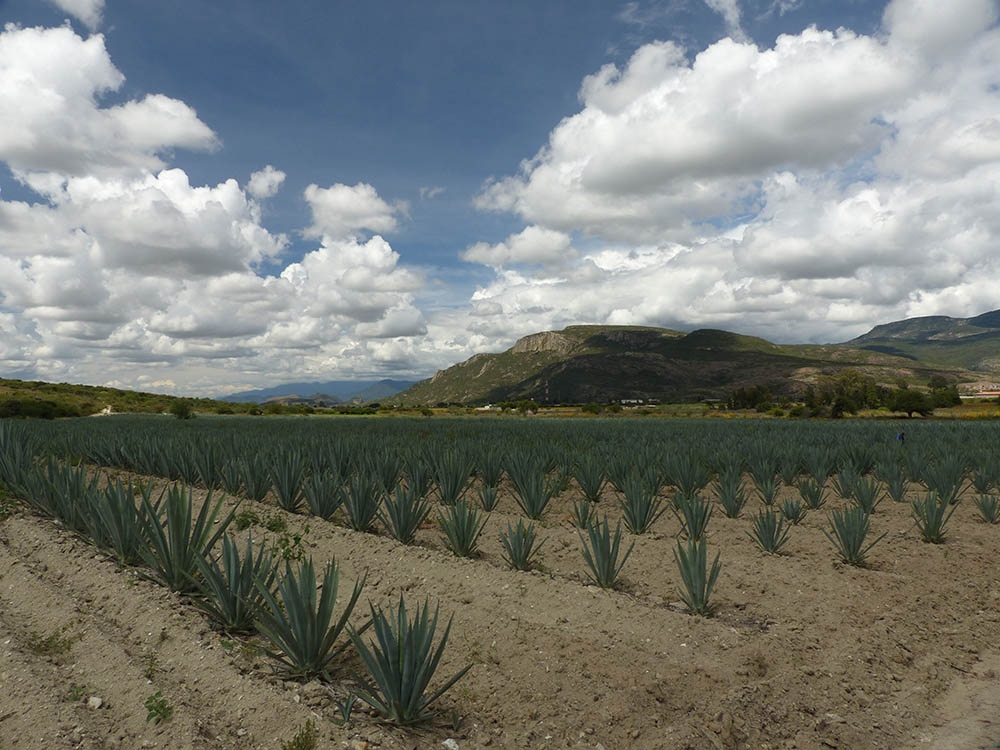
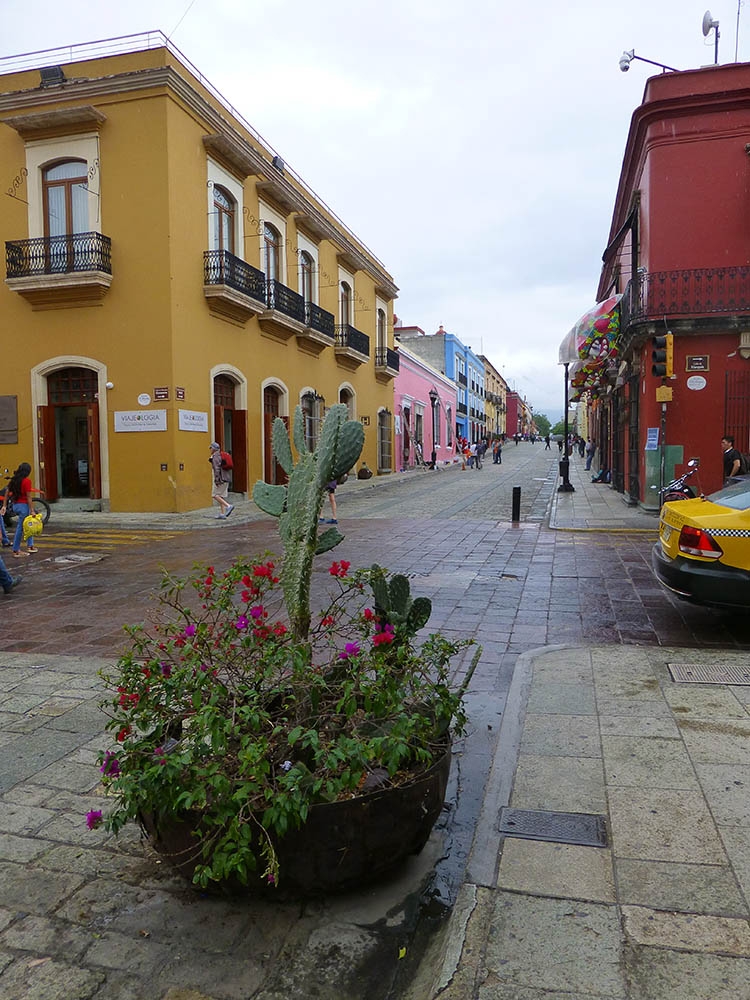
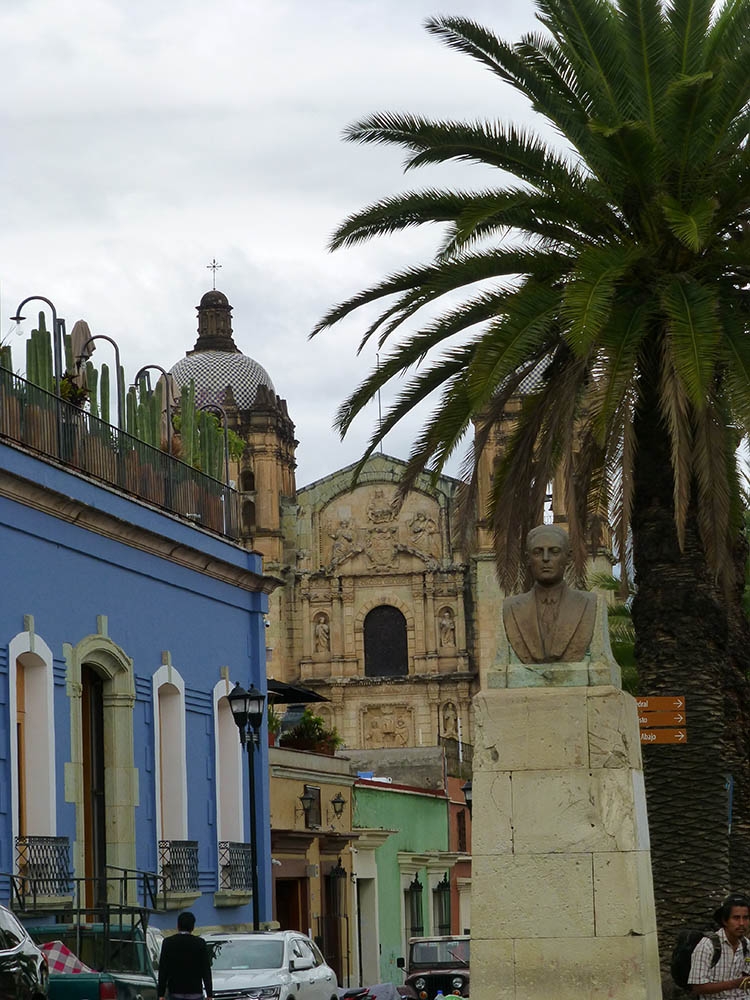
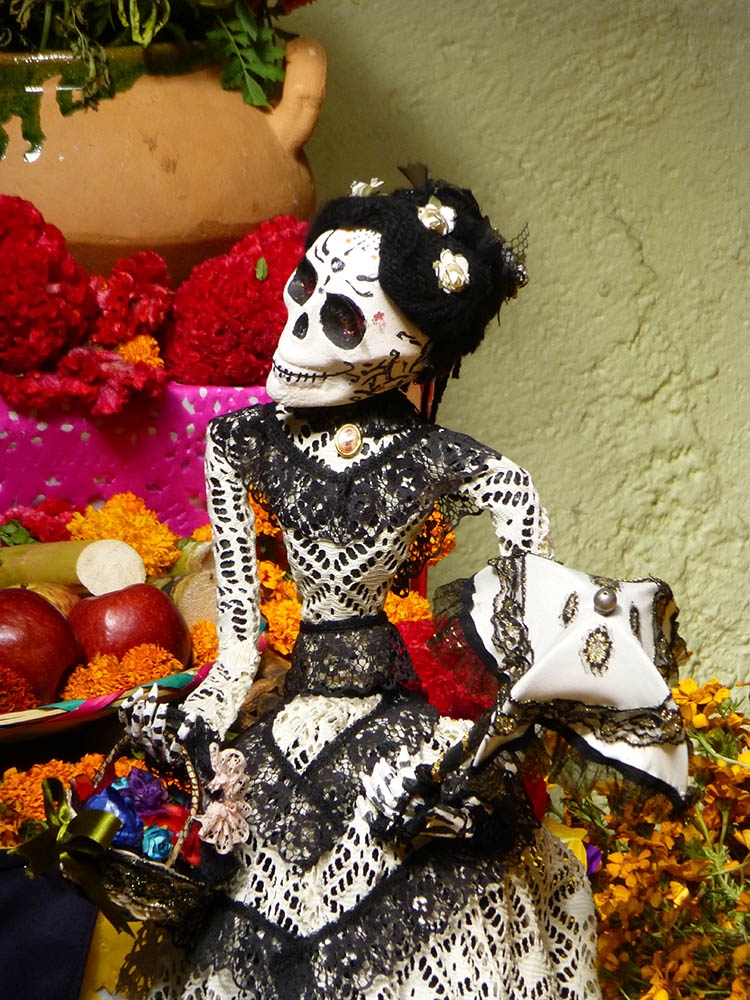
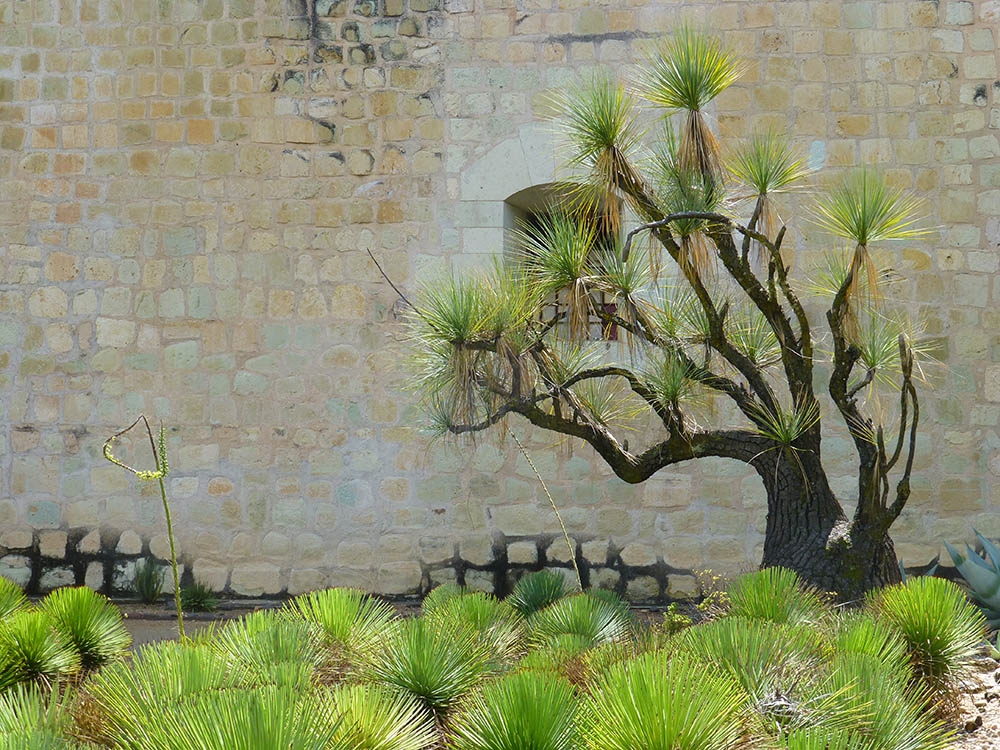
Add new comment